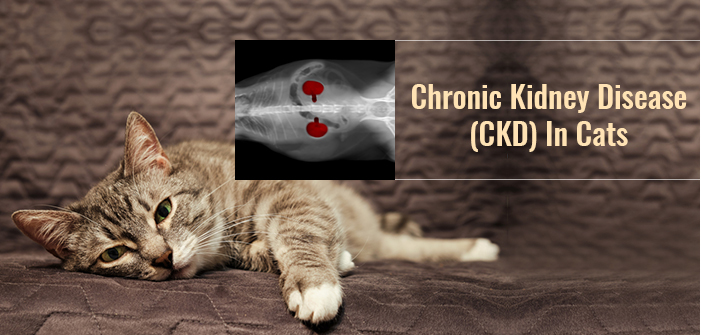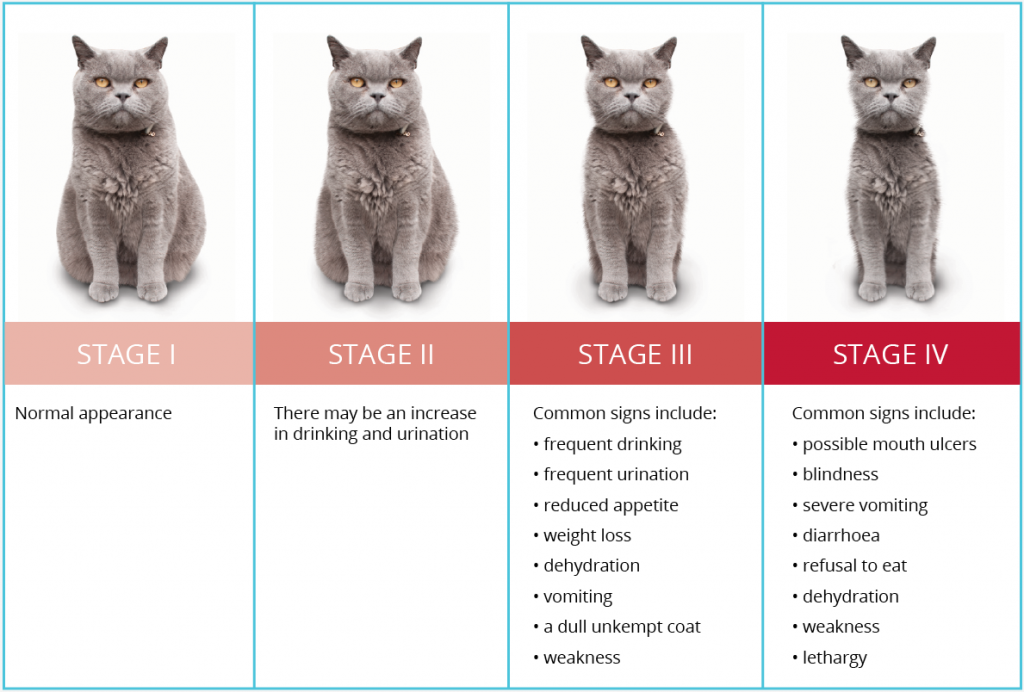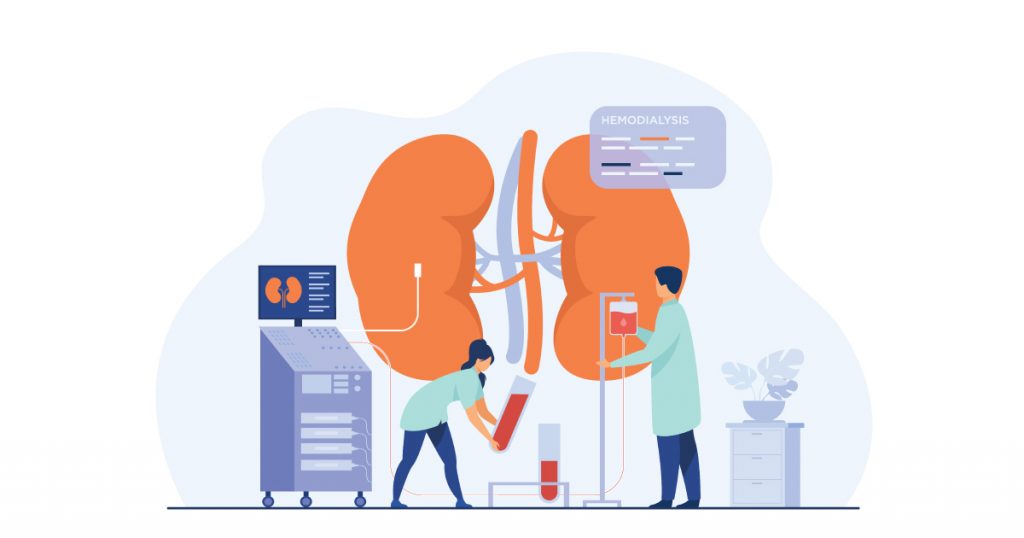Chronic Kidney Disease (CKD) In Cats
The most important thing to understand about kidney illness in cats is that it affects far too many of them. In fact, research suggests that one out of every three cats has kidney illness. Kidney illness can strike cats for a variety of causes, and it’s much more difficult to detect. Most cats don’t show any signs of kidney illness until it’s quite advanced. Even when they do, the earliest signs of kidney illness in cats, such as mild weight loss, increased urination/peeing frequency, and increased water consumption, are easy to detect.
So, if you observe your cat peeing on the floor, flooding the litter box, or being constantly thirsty, it’s time to schedule an appointment with your veterinarian.

However, by the time these symptoms appear, there has usually already been significant kidney damage. Although there is no cure for kidney illness, there are many things that may be done to help, particularly if the condition is detected early.
What is Chronic Kidney Disease (CKD)?
Chronic Kidney Disease (CKD) is a condition in which kidney function gradually deteriorates over time. Normally, the kidneys filter waste materials from the blood. The waste is then expelled in the urine, or discharged. Cats with CKD have renal disease, which means their kidneys aren’t working properly. As a result, waste products collect in their circulation, causing disease symptoms. CKD develops gradually and can be fatal in cats.

What Causes CKD in Cats?
It’s frequently difficult to pinpoint the cause of CKD. Damage to the nephron, the blood-filtering kidney unit, is usually irreparable and progressive. Chronic Kidney Disease can be caused by a variety of illnesses. Idiopathic kidney disease occurs when your veterinarian is unable to pinpoint a specific reason.
The following are some of the most common causes of chronic kidney disease:
- Lilies and antifreeze toxins
- Abnormalities in the genome
- High Blood pressure
- Lack of blood flow in Kidneys
- Cancer
- Infections
- Immunologic disorders
The cause of CKD can sometimes be identified and treated, but the alterations in the kidneys are usually irreversible. It may be able to halt the progression of CKD and provide a decent quality of life for your cat by working together with your veterinarian.
Signs & Symptoms
Cats with CKD usually do not even display any symptoms until their kidneys have lost two-thirds of their ability to function. The following indicators are frequently seen at that point:
- Weight loss and a lean physique
- More pee is produced in the litter box as a result of increased thirst.
- Appetite decreases
- Lethargy

Diagnosis
You can find out if your cat has early signs of CKD by having annual or bi-annual check-ups. The present weight of your cat is compared to prior weights. Your cat’s appetite, urine output, and water consumption are all questions the veterinarian will ask. Your veterinarian can use yearly blood and urine testing to see if your cat has abnormal levels that indicate CKD. A new test is now available that can assist your veterinarian in detecting kidney illness earlier.
Urine cultures aid the veterinarian in determining whether an infection that may be contributing to your cat’s CKD needs antibiotic treatment. Your cat’s blood pressure is measured by your veterinarian. This enables them to detect and prevent issues such as eyesight loss and stroke.
Treatment and Control
Dietary control may help to decrease the progression of chronic kidney disease. Although, there is still debate over whether to begin nutritional intervention and which diet to adopt? If your cat requires a dietary adjustment, you and your veterinarian can select which cat food to use. Low potassium levels and a lack of appetite can both be treated with proper treatment.

If your cat is dehydrated, your veterinarian can show you how to administer extra fluids through your cat’s skin. This can help to improve the length and quality of life. Treatment for CKD requires collaboration between you and your veterinarian.
Regular evaluations aid in the refinement of treatments and the early detection of new problems, when they are easier to resolve. Despite the fact that CKD cannot be cured, many cats with the disease have an excellent quality of life for many years.

